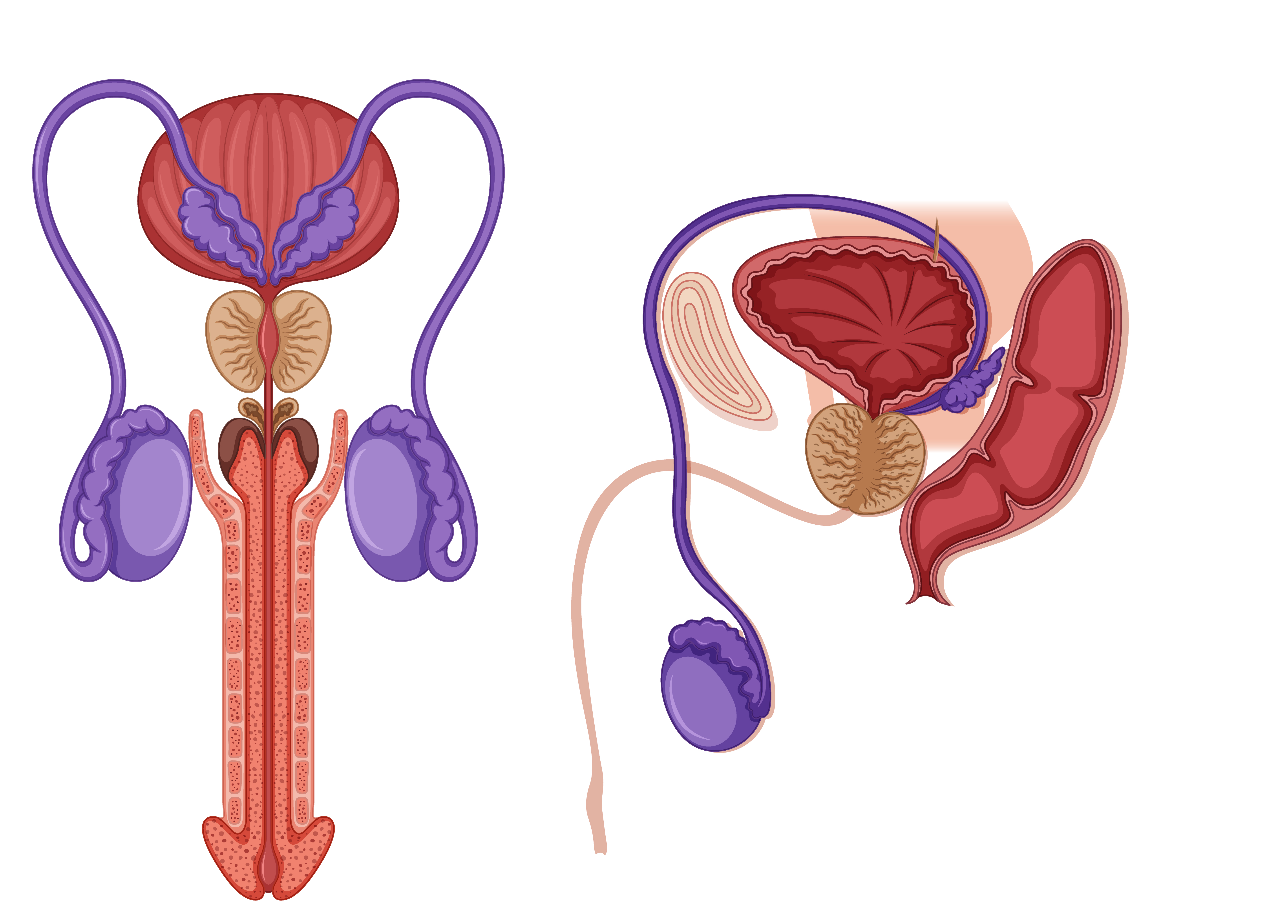The prostate is a small gland that is part of the male reproductive system. A normal, healthy prostate is about the size and shape of a walnut. Its position in the body is just between the bladder and the base of the penis. the urethraruns through the center of the prostate. The function of the prostate is to produce some of the seminal fluied that?nourishes and carries sperm from the testicle? and out of the penis during ejaculation. Because of its position, an enlarged prostate can squeeze the urethra, causing urinary problems.
WHAT IS BPH?
BPH is a noncancerous growth of the cells within the prostate gland. BPH is common in older men. By age 60, more than half of men have BPH. By age 85, about 90 percert of men have BPH, but only 30 percent of men will be bothered by their symptoms. Many men with BPH have no significanct symptoms.
urodynamic study is a series of tests that gives your doctor a detailed look at the function of the bladder and urethra. T hese tests help to discover treatment options for incontinent, not voiding bladder completely, frequent urination, weak urine stream, or persistant urinary tract infection.?
hese tests help to discover treatment options for incontinent, not voiding bladder completely, frequent urination, weak urine stream, or persistant urinary tract infection.?
WHAT TESTS WILL BE PERFORMED?
The study may take place in the doctor's office, clinic, or hospital. Depending on which tests are being done, the study may take up to an hour or more.
-? Uroflowmetry:? This test measures the amount and speed of urine you release from the bladder. A computer will determine the urine flow over time. The amount of urine remaining in the bladder may also be measured.
-? Cystometry:? This test evaluates how much the bladder can hold, how strong the bladder muscle is, and how well the signals work that tell you when your bladder is full.
-? Electromyogram:? This test evaluate the muscle control for urination.
-? Pressure Flow: This test measures the pressure and flow of urine out of the bladder. A probe in the urethra will measure pressure during urination.
-? Video Cystourethrography: This test takes video pictures of urine flow through urinary tract.?
